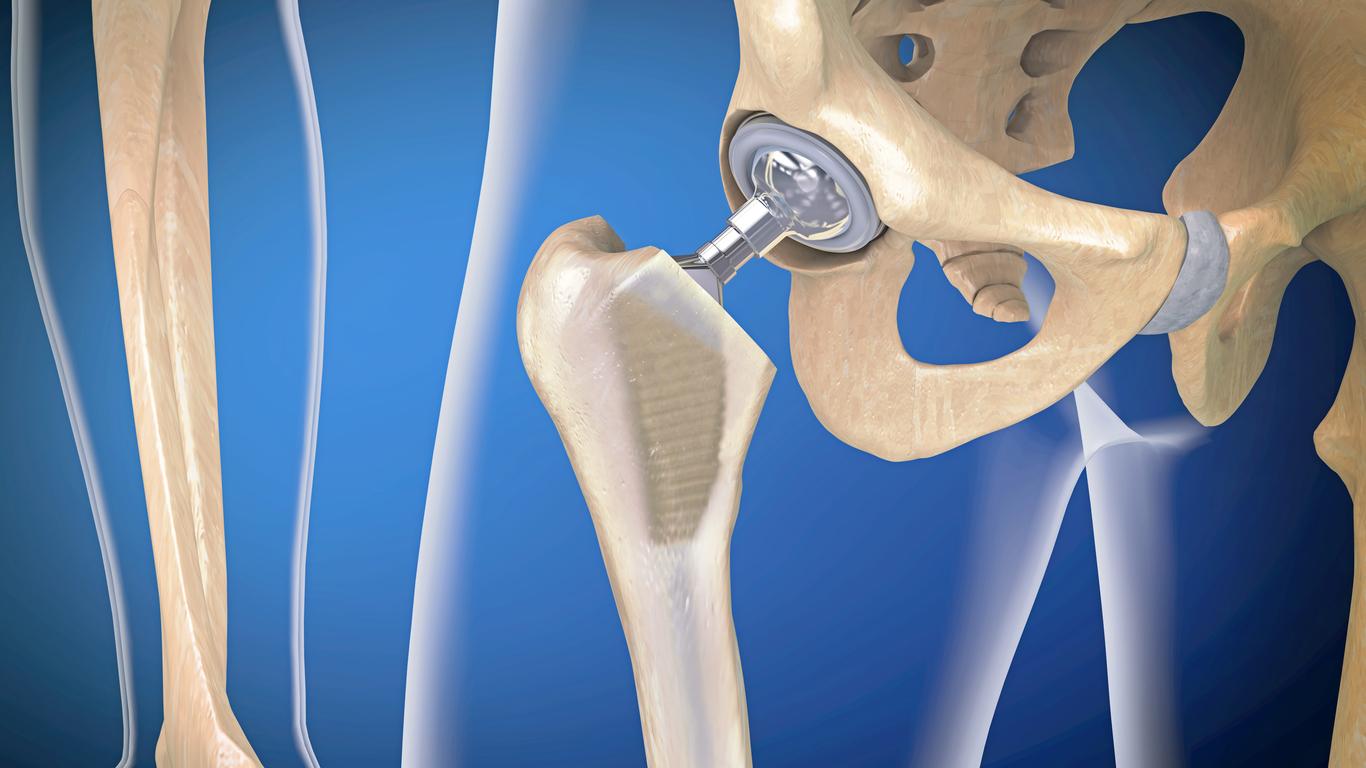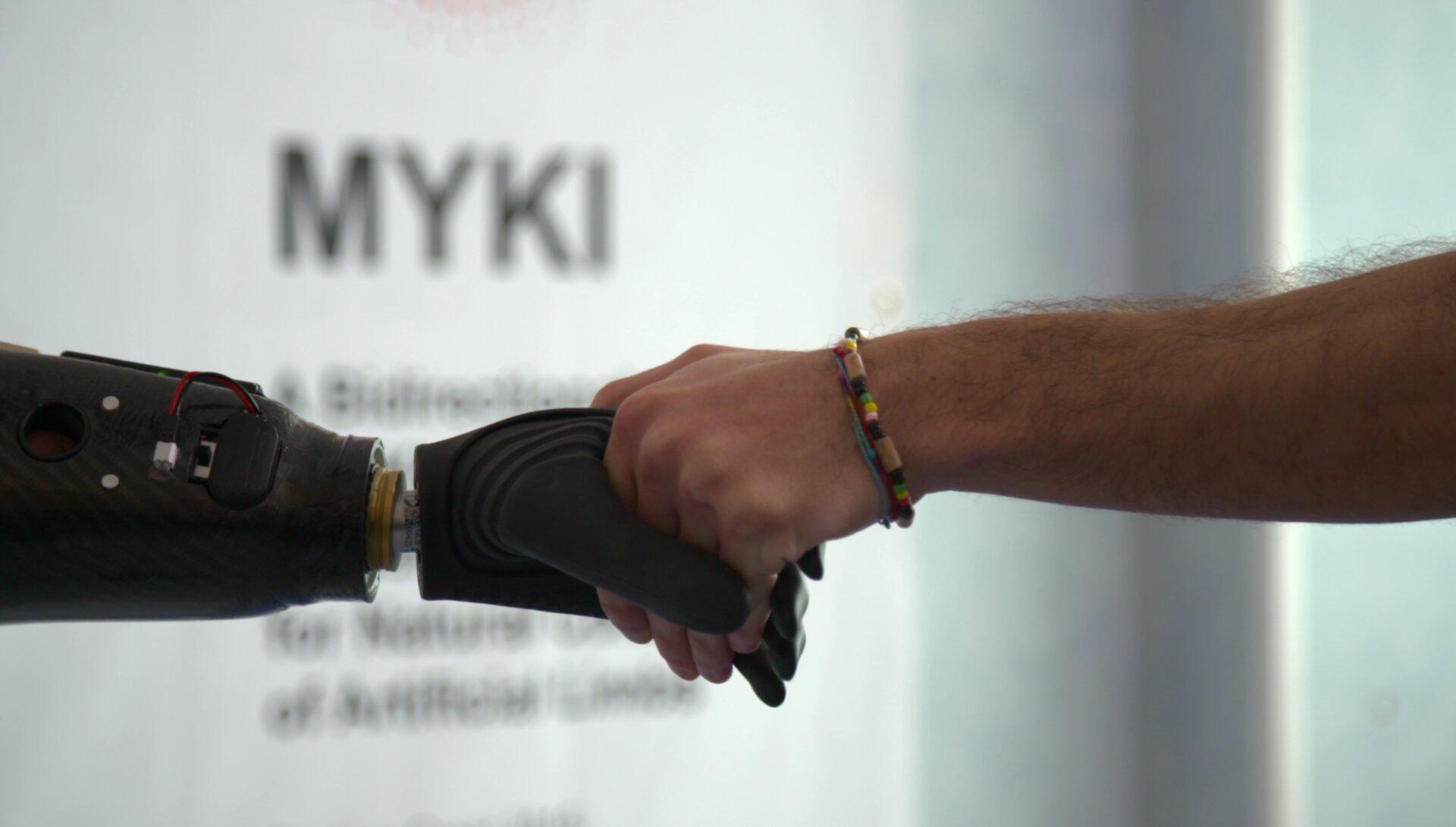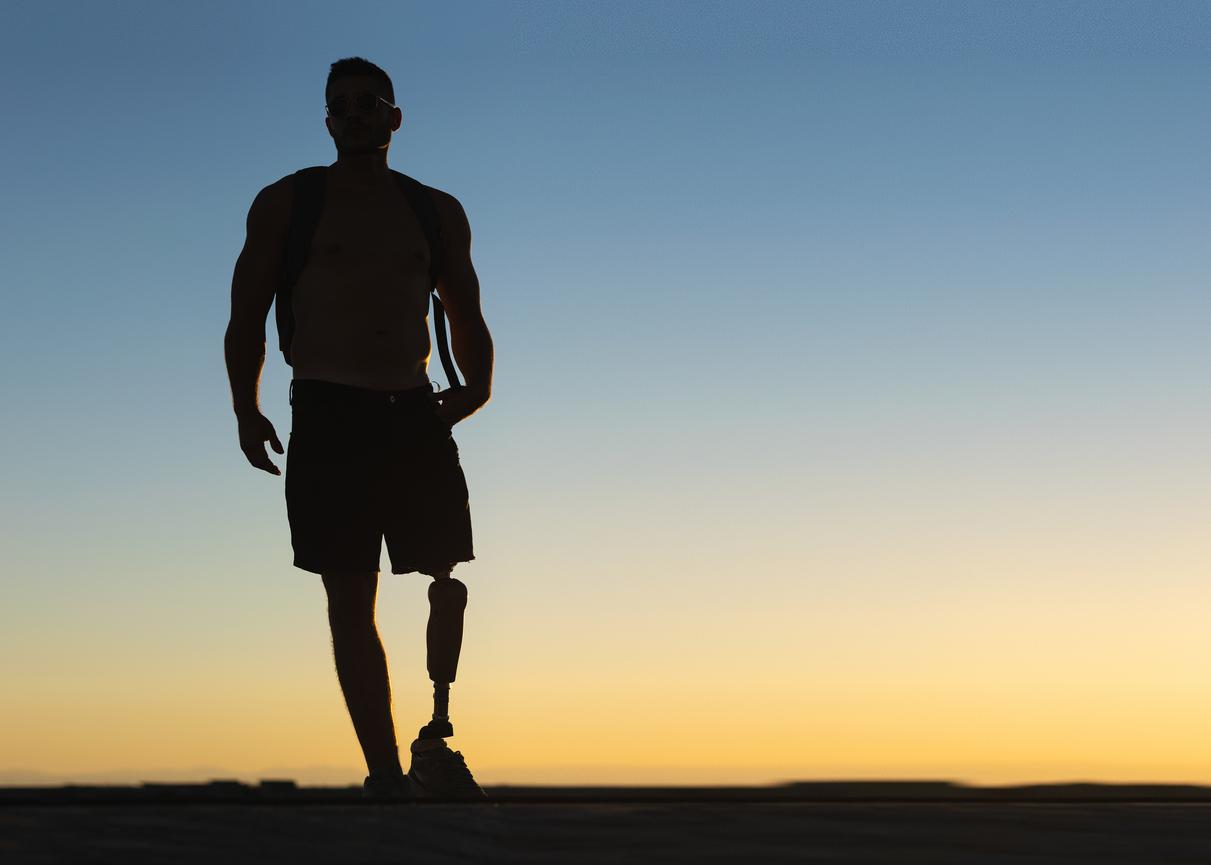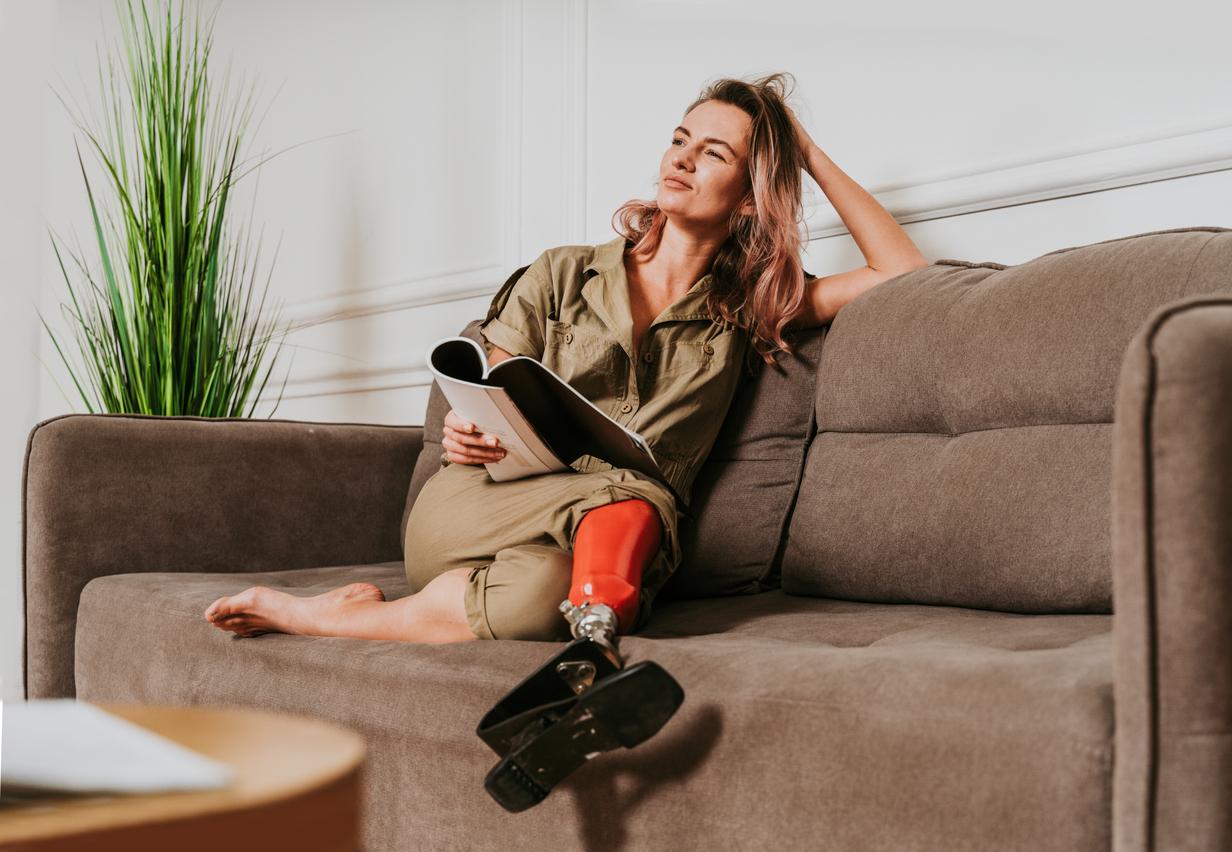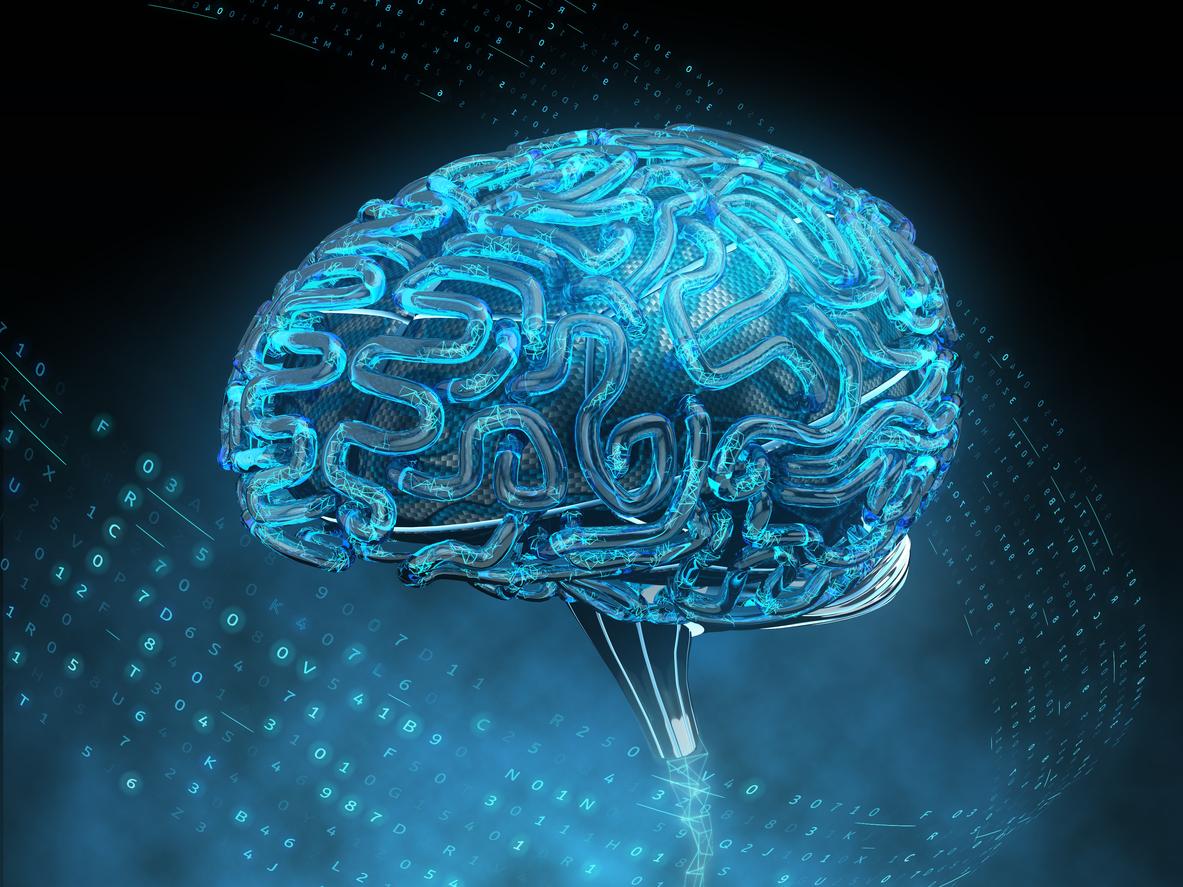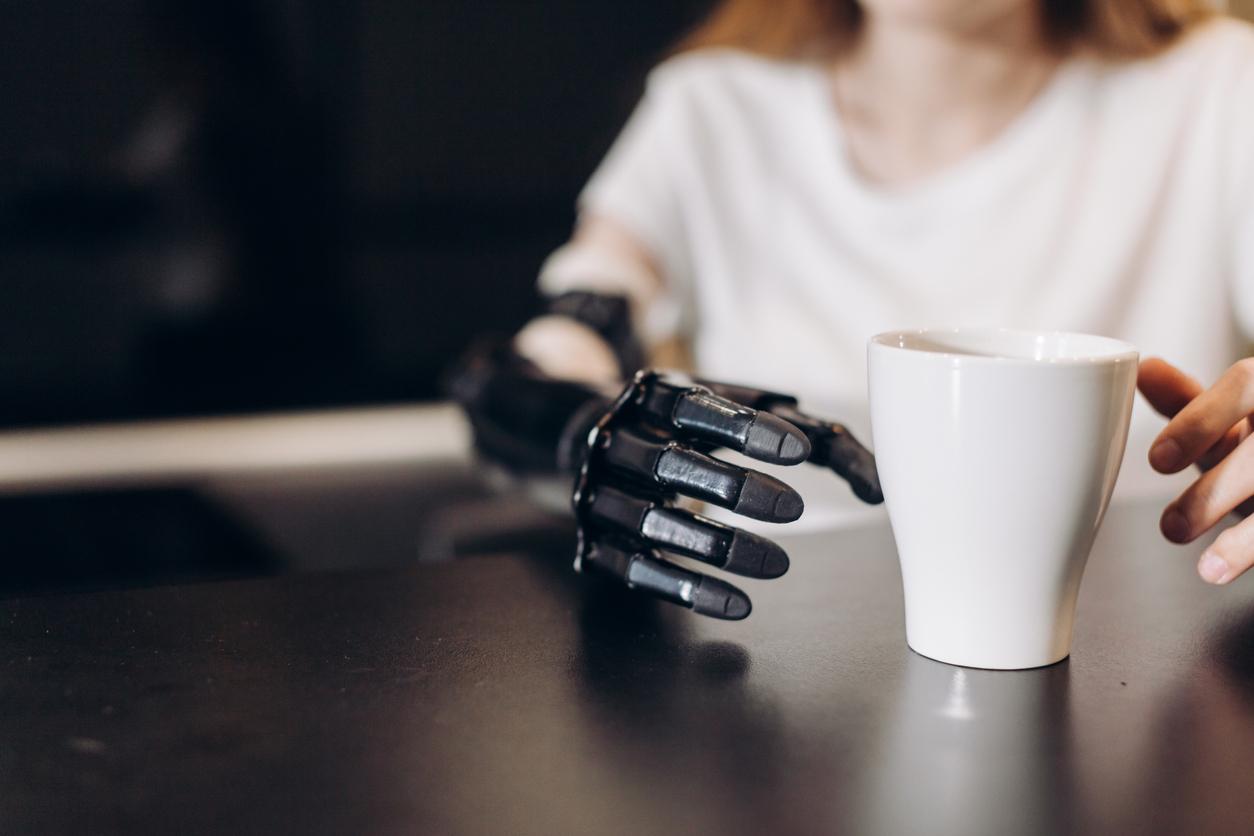Thanks to this innovation connected to the nerves of his amputated arm, this patient was able to differentiate rough textures from smooth surfaces in real time.

Restoring the sensation of touch to an amputee is possible. A man managed to feel smooth and rough textures in real time thanks to a bionic must connected to nerves in the upper part of his arm. This innovation presented this Tuesday in the scientific journal eLife should accelerate the development of the sense of touch in prosthetics.
This technology was developed by Swiss researchers from the Swiss Federal Institute of Technology in Lausanne (EPFL) in collaboration with an Italian team from the Superior School of Sant’Anna. It was first tested on Dennis Aabo Sørensen, a male left hand amputee.
In his arm, scientists surgically implanted electrodes above his stump. These are connected to the artificial finger equipped with sensors. A machine placed a few meters from Dennis Aabo Sørensen controls the movements of the prosthesis on different pieces of plastic on which rough or smooth lines have been engraved. As the bionic finger moves over these surfaces, the sensors generate an electrical signal. After being translated into electrical peaks mimicking the language of the nervous system, this signal is directed to the nerves.
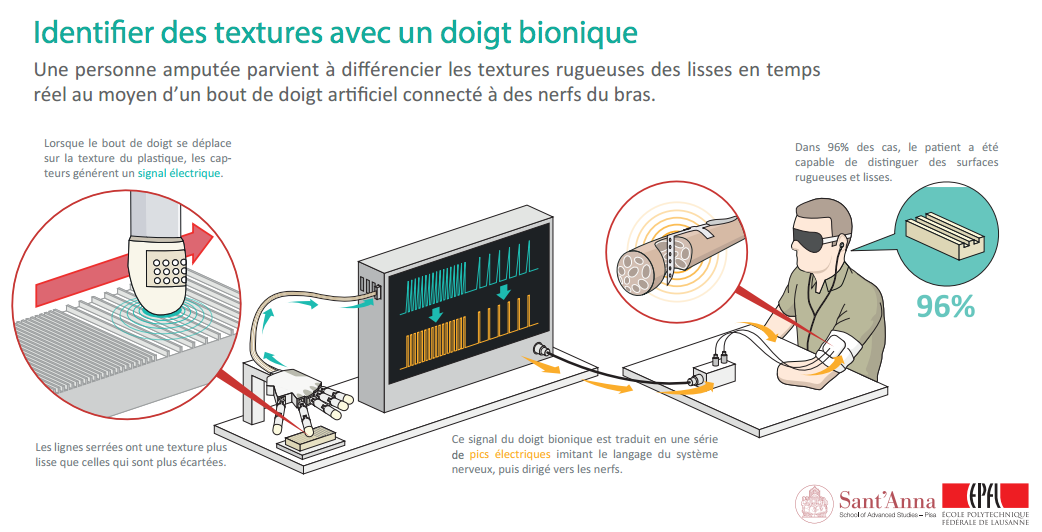
To perform the experiments, the researchers placed a blindfold over Dennis Aabo Sørensen’s eyes. The latter was able to distinguish rough and smooth surfaces 96% of the time. “The stimulation had almost the same effect as what I would feel with my hand,” he explained. I still feel my missing hand as if I have a closed fist. I felt the texture sensations at the tip of the index finger of my phantom hand. “
This same experiment was performed with non-amputated people without resorting to surgery to place the electrodes. This time, tactile information is transmitted by means of fine needles temporarily implanted in the median nerve through the skin. Non-amputees distinguished roughness from a texture 77% of the time.
Equivalent to real touch
In addition, the researchers demonstrated that the tactile information coming from the bionic finger is the same as that coming from a real finger. Indeed, the recording of the brain activity of non-amputated people shows that the signal induced by the prosthesis activates the same areas of the brain as a human finger. For the researchers, these results demonstrate that the needles used in non-amputated people are as effective as the electrodes surgically implanted in the stump of Dennis Aabo Sørensen. This invasive technology can therefore be improved.
“This study brings together basic sciences and applied engineering: it provides new evidence that neuroprosthetic research can contribute to the debate on neuroscience, specifically with regard to the neural mechanisms of the human sense of touch,” Calogero Oddo explained. It will also be translated for other applications such as artificial touch in robotics, whether in the field of surgery, in that of rescue, or even in the production of goods. “
.







